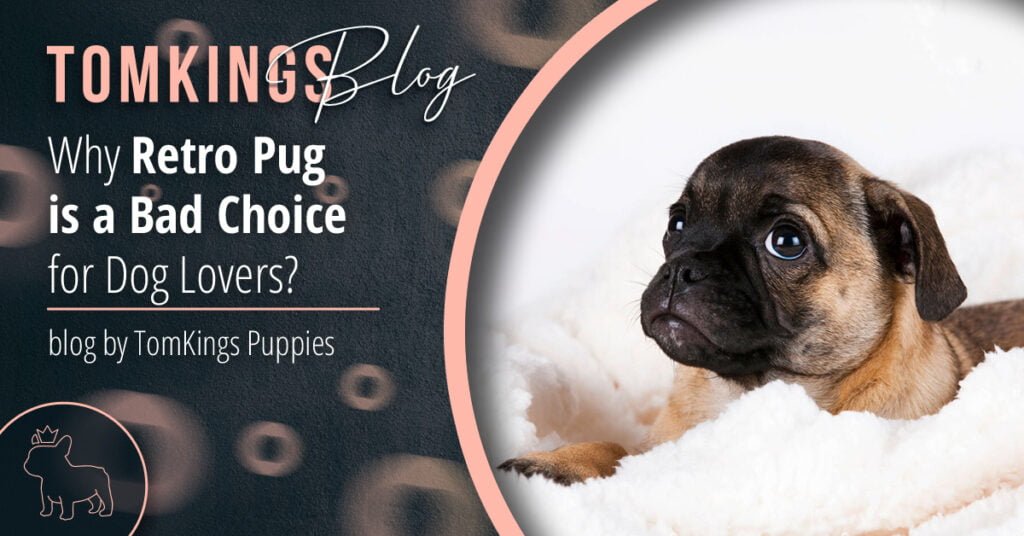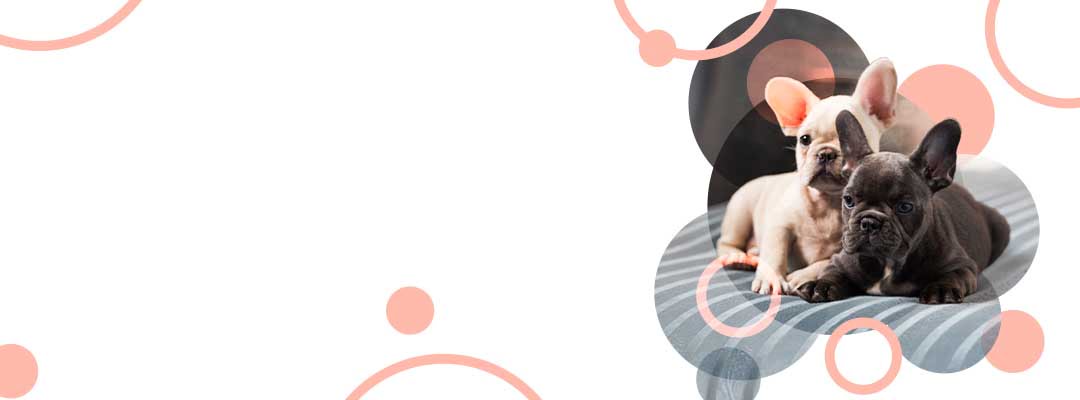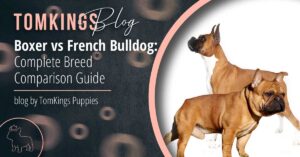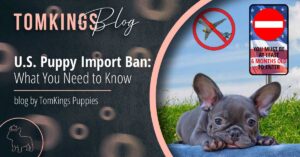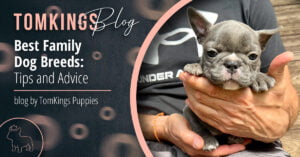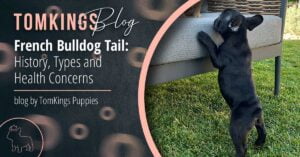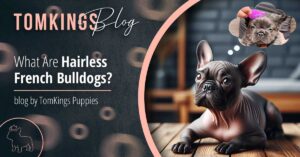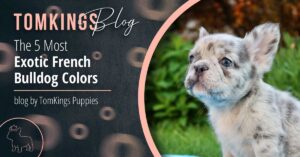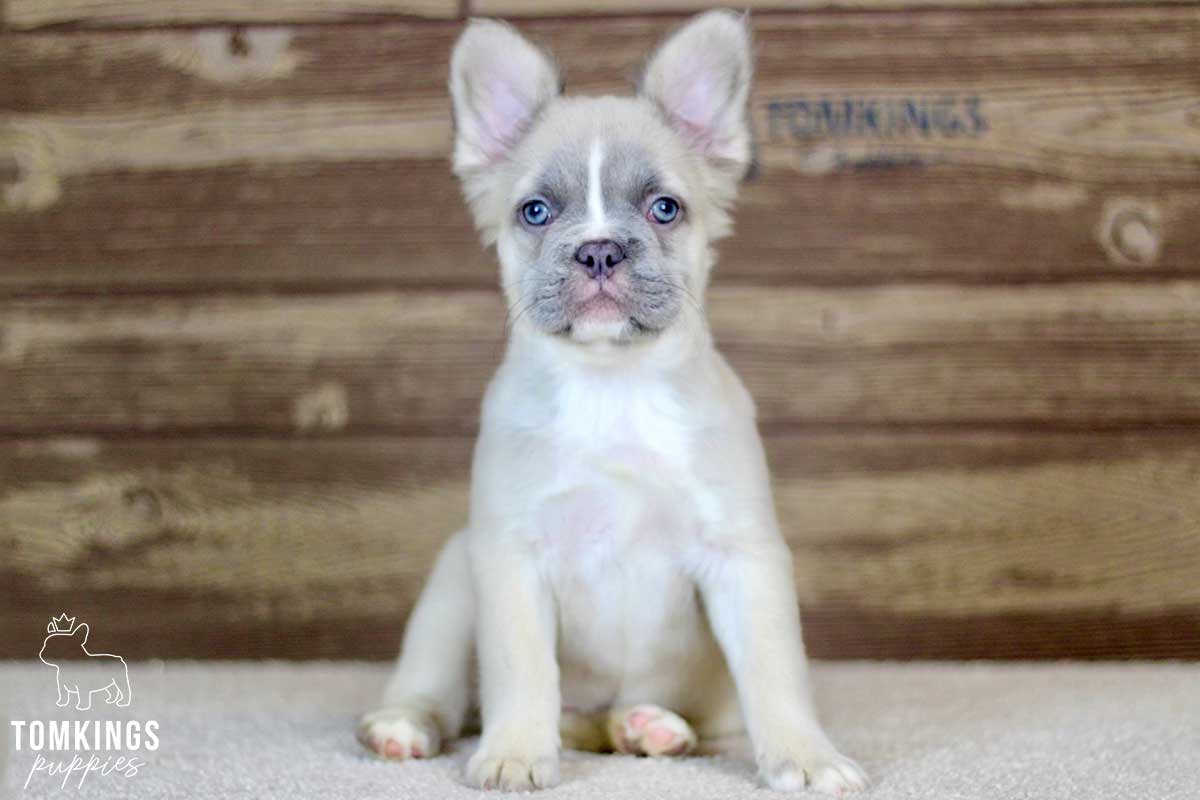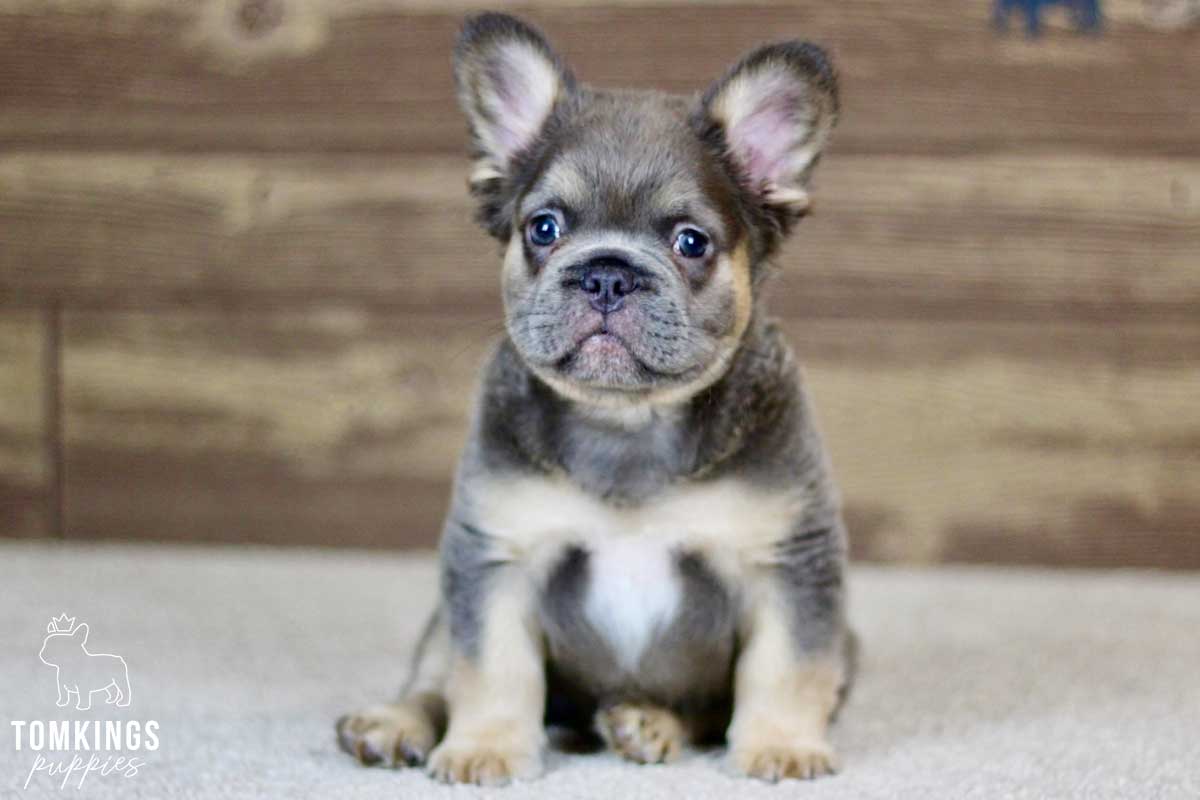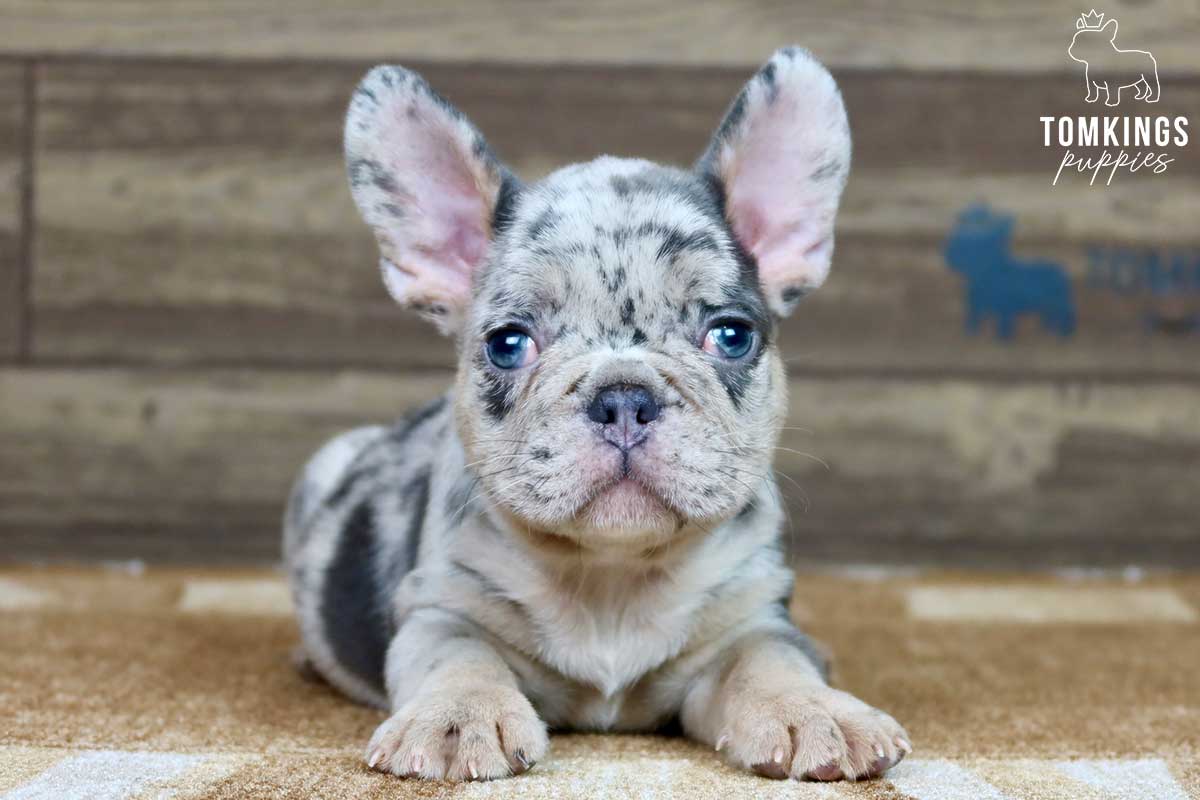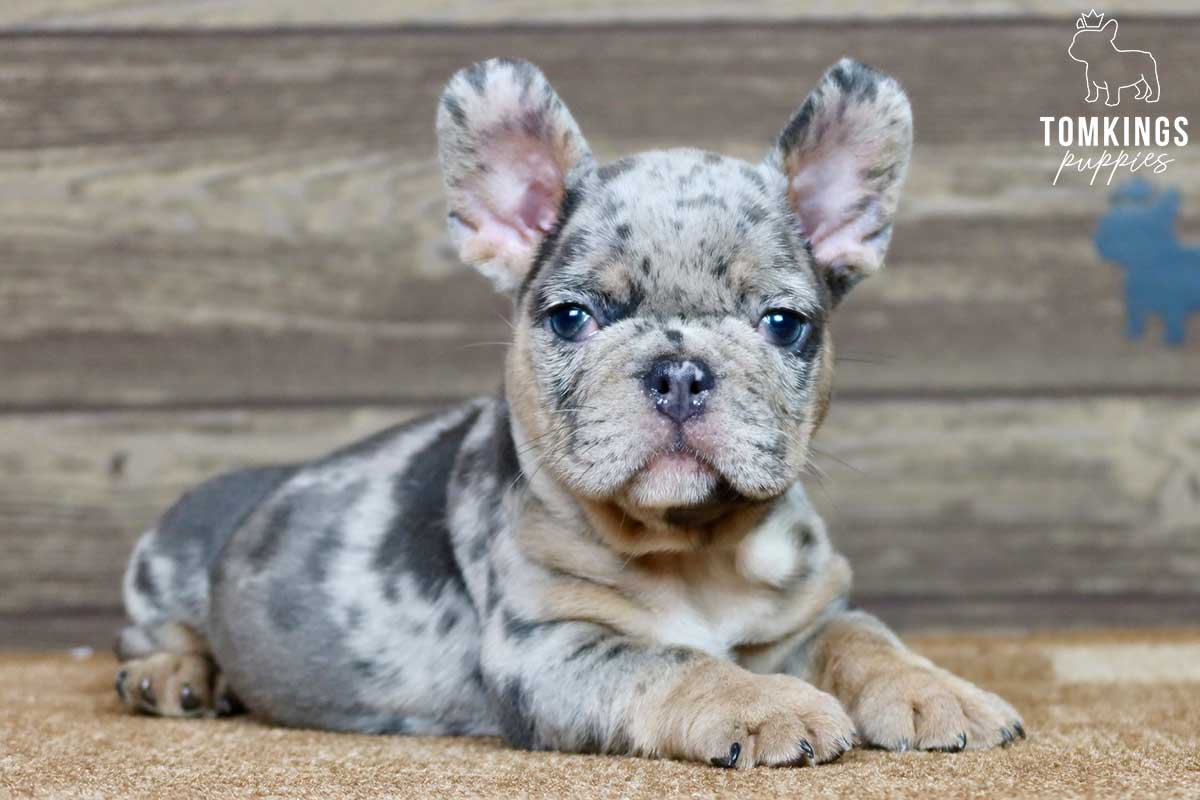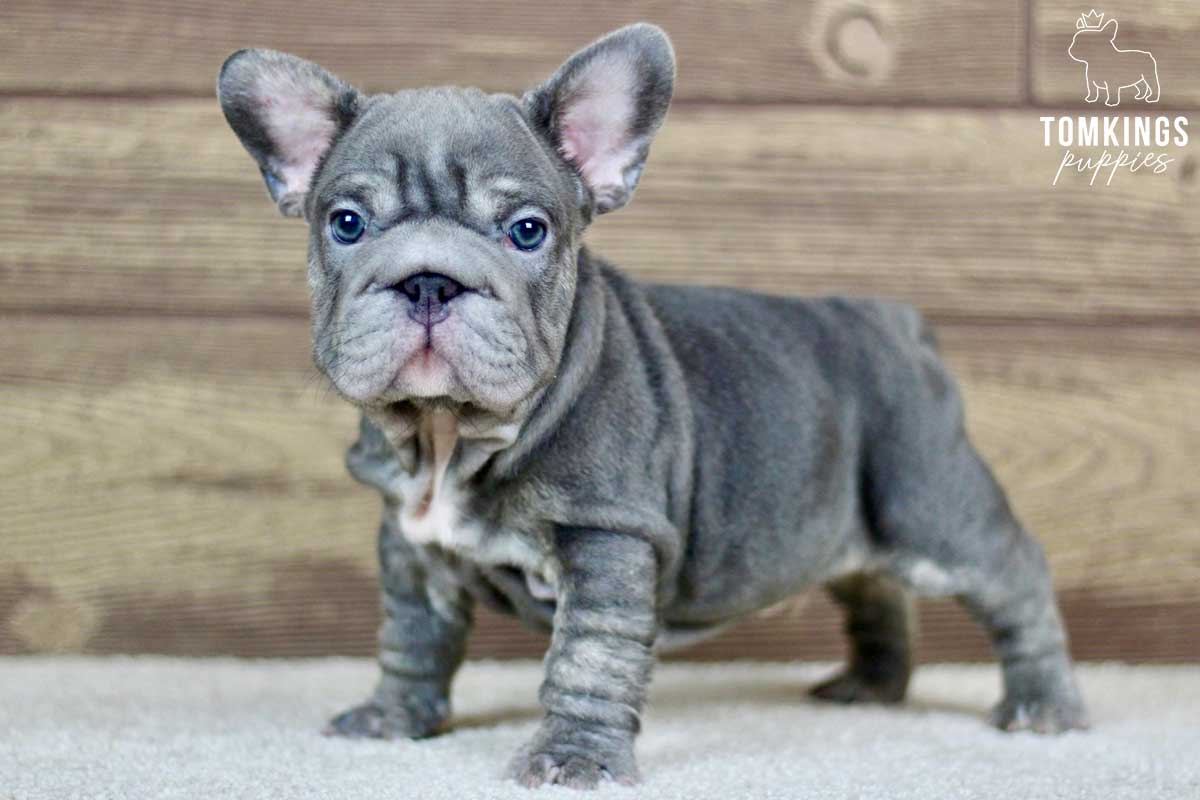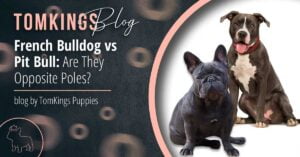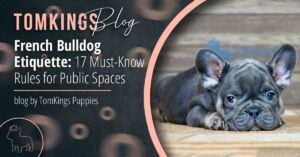If you’re looking to adopt a small dog, you’ve probably thought about the pug and the retro pug. Their stocky build, smushed faces, huge eyes and curly tails are truly heart-warming to behold, but there are a few things you should know before you make your decision. Firstly, pugs and retro pugs are two different dog breeds. In this article, we’ll help you compare them and tell you why we think the retro pug is not an ideal choice for you if you’re looking to adopt a small dog.
Table of Contents
ToggleThe origin of the retro pug breed
As I mentioned in the introduction, retro pugs and traditional pugs are two different types. I will start with the origins of the older breed, i.e. the history of the traditional pug. The origins of the traditional pug go back hundreds, if not thousands of years to ancient China, where they were the beloved pets of the nobility and royalty. The long breeding resulted in the now familiar smushed face, which the ancient Chinese believed was very fashionable at the time. In the 1600s, the breed was introduced to Europe and from there spread to the rest of the world.
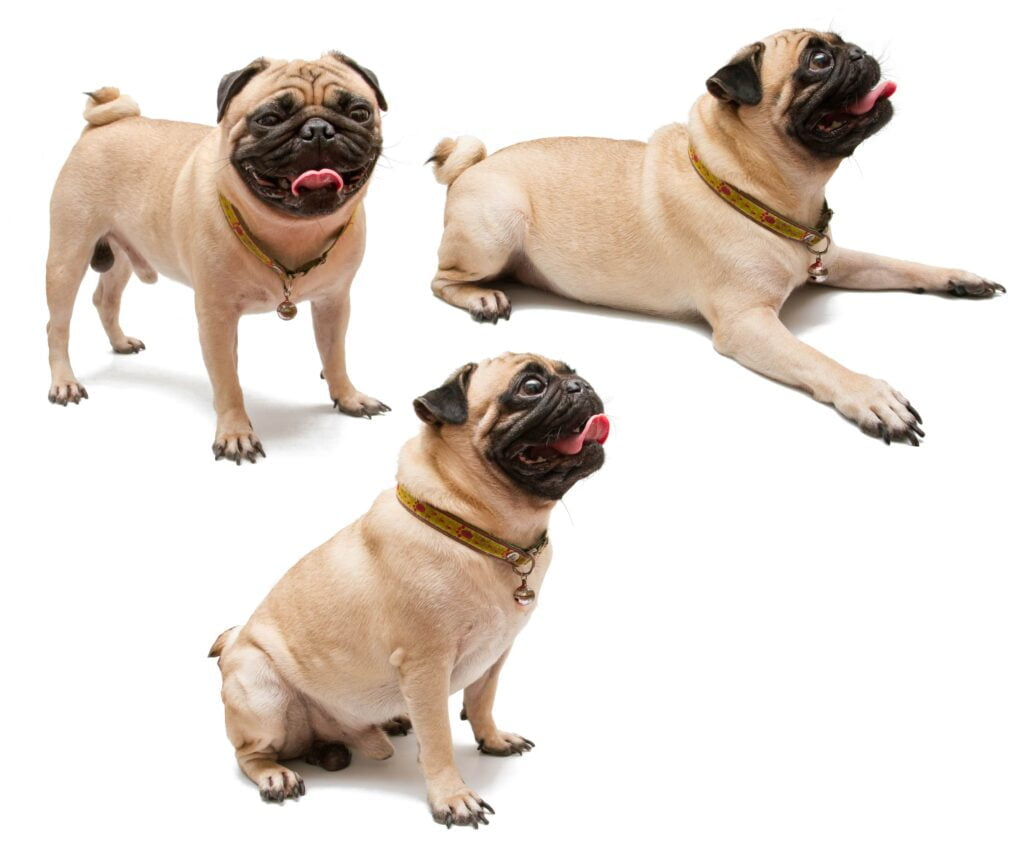

The name retro pug, on the other hand, is very misleading, as this breed was first bred in the 1980s by German dog breeders. To this day, the retro pug is not an official dog breed, only a designer breed, as the breed is an experiment. The original aim of the German breeders was to breed a more hardy, healthier breed than the traditional pug. For this reason, they experimented with several crosses until they finally arrived at the Jack Russell Terrier.
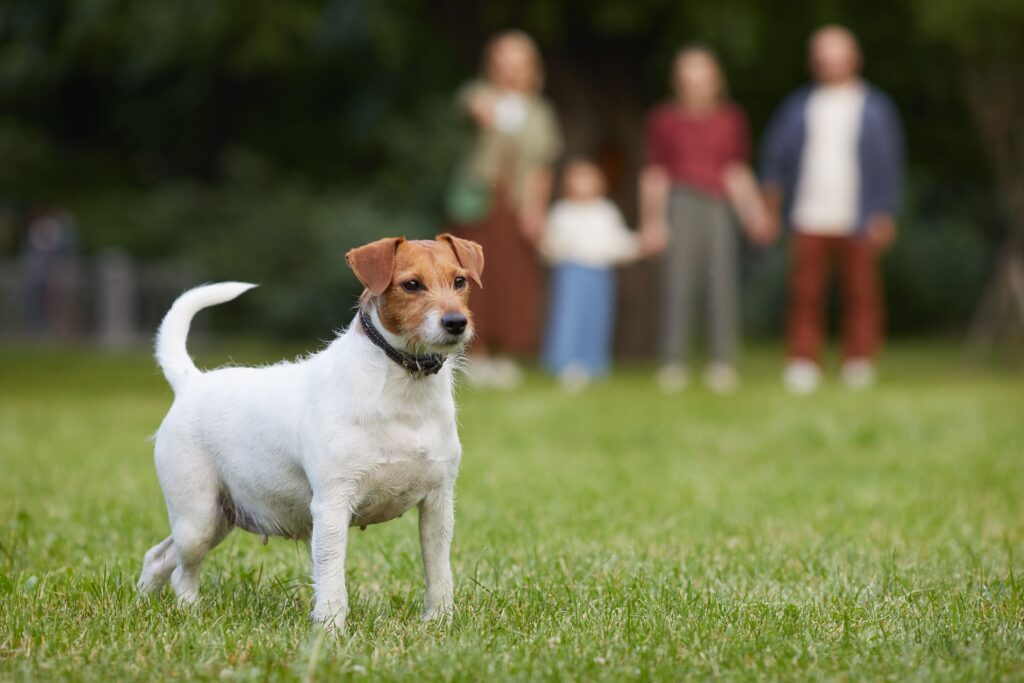

Since retro pug is a designer breed, you never really know how exactly the puppies of crossing the pug and Jack Russell parents will look like. That’s why retro pug puppies are very varied in appearance and almost never look alike. When breeding, the aim is to select individuals that inherit the longer nose of the Jack Russell Terrier, as this will prevent the respiratory diseases that are so common in pugs.
Retro pug vs. pug: these are the main differences
So let’s take a closer look at the differences between a traditional pug and a retro pug! Thanks to crossbreeding, the retro pug inherits several characteristics from the Jack Russell Terrier breed. The most striking difference is the size of the nose: while the traditional pug has a flat nose, the retro pug inherits the longer nose of the terrier. Their longer noses allow them to breathe more easily and thus better regulate their body temperature in extreme hot or cold weather.


Subscribe to our weekly blog newsletter
Retro pugs are a few inches bigger, have fewer wrinkles and bigger ears than classical pugs. While purebred pugs are available in only two colors (fawn and black), retro pugs come in silver and peach too. Classical pugs are famous for their curved tails, but retro pugs inherit this trait to a lesser extent and have less curved tails.
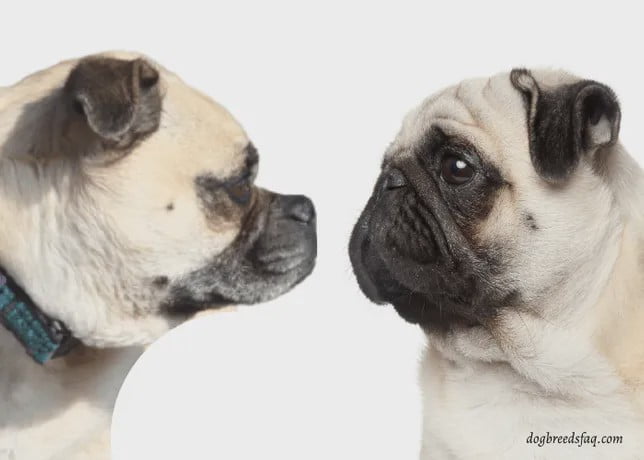

Retro pug: behavior and temperament
Retro pugs inherit many behavioural traits from their Jack Russell ancestors. The Jack Russell Terrier is an energetic, agile breed of dog, so it’s not surprising that retro pugs require a lot more exercise than traditional pugs. While purebred pugs can be described as particularly lazy, retro pugs like to run and play a lot.
It is worth taking a retro pug for walks several times a day to prevent destructive behaviour in your home. Jack Russells are famous for their love of chewing on their owners’ belongings, and the retro pug is no exception. Long walks are not a problem in good weather, but in cooler, rainy or even freezing weather, it is necessary to channel their energy indoors, which is no small task for owners living in an apartment. That’s why we recommend retro pugs less for indoor keeping, as exhausting them indoors can be a challanging task.
As Jack Russell Terriers are bred for hunting, they are much more vocal than a pug. Mix the two breeds and you get a middle ground: retro pugs bark more than a regular pug, but less than a Jack Russell. So if you want peace and quiet around you, we definitely don’t recommend a retro pug!
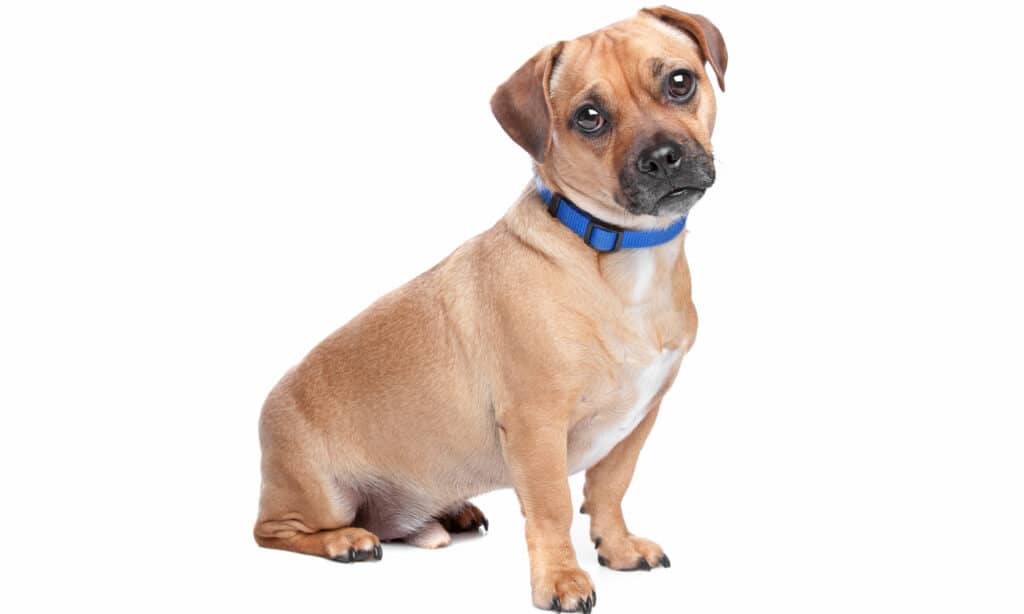

The most common health issues of retro pugs
It is well known in breeding circles that pugs have a number of health problems. Because of these, the life expectancy of a traditional pug is estimated to be between 12 and 14 years. The health problems are mainly due to their facial structure, with a short nose, shortened sinuses and dentition causing serious respiratory and consequent circulatory problems.
To overcome these problems, they started crossbreeding pugs with other breeds until they finally met the Jack Russell Terrier. However, despite crossbreeding, it is not possible to eliminate health problems completely. As mentioned earlier, the retro pug is a designer breed, so every puppy will be different. There will be puppies that will more closely resemble the pug and there will be puppies that resemble the Jack Russell.
But in general, retro pugs have a longer life expectancy than traditional pugs, and can live up to 16 years. The most common health problems include allergies, hip and shoulder dysplasia, skin cancer, epilepsy and dental problems.
Allergy
Retro pugs have a wide range of skin allergies, including allergies to pollen, dust mites and even pests such as fleas. This is the main cause of the intense itching and skin lesions you may find on your dog. They are also prone to food intolerances, from gluten and dairy products to certain animal protein sources.
Dysplasia
Dysplasia refers to the abnormal formation of joints, mainly in the hip and shoulder area. Over time, this can lead to arthritis, causing the dog more pain and disability.
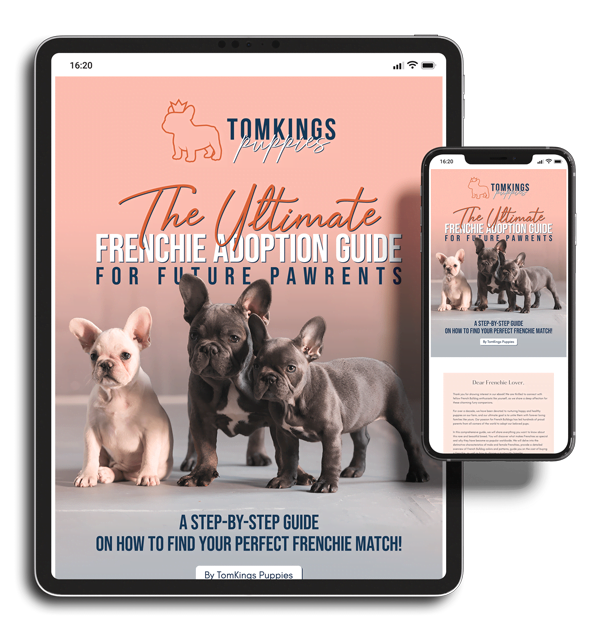

Ultimate Guide
to Adopting a Frenchie
Skin cancer
Another common cause of skin lesions in retro pugs is skin cancer. Mast cell tumours and squamous cell carcinomas are particularly problematic, especially in older dogs. The coat of a retro pug requires regular grooming. They should be combed daily and checked for any puffiness or bumps under the fur, which may indicate lipoma or other tumours.
Epilepsy
Hereditary epilepsy most often comes from Jack Russell terriers. It causes random seizures from a young age. With close observation and consistent treatment, it should not cause too much trouble.
Dental problems
Although crossbreeding elongates the face, the jaw of a retro pug is often still too short to accommodate teeth comfortably. Without proper dental hygiene, this increases the risk of problems such as tartar build-up, gum disease and cavities.
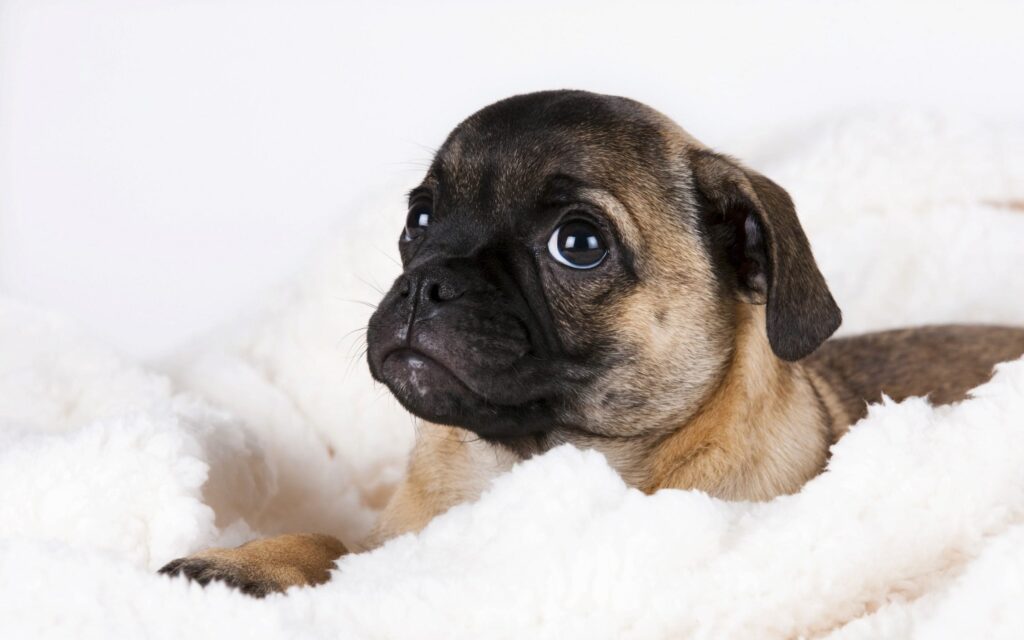

Price of a retro pug
The price of retro pugs varies widely, as no two are the same. Generally speaking, the longer the nose of a puppy, the higher the price is. The price ranges from 800 to 1500 USD, but the prospective owner must take into account the high medical costs that are inevitable with this breed.
Here is why we think you should not choose a retro pug
We at Tomkings Kennel have been breeding purebred French Bulldogs for over 10 years. Based on our professional experience, we believe that both retro pugs and traditional pugs are not the ideal choice if you want a small dog for yourself.
Retro pugs are more exercise-intensive than an average lapdog due to their mixed origins. They need to be moved around a lot, taken for frequent walks, and they need lots of exercise-based play to burn off excess energy. Because of their Jack Russell Terrier ancestry, they bark more than an average lapdog, which can disturb the neighbours and even you if you’re used to silence.
Retro pugs, although somewhat healthier than their pug ancestors, still suffer from a number of serious health problems. Regular medical treatments cost huge sums of money, not to mention the torture it puts the dog through.
And breeding a healthier breed comes at a price: retro pugs are less special looking. The characteristics of the Pug are lost, such as the smushed face or the curly tail, and instead we get a more average-looking dog with a small stature.
Check out our blog about Pug vs French Bulldog.
Frequently asked questions about retro pugs
Retro pug is a designer breed that is not considered purebred. It is a cross between the classic pug and the Jack Russell Terrier, bred to ensure that the puppies are free of the serious health problems that are typical of classic pugs.
We do not recommend adopting a retro pug for several reasons. While this breed continues to suffer from a number of serious health problems, it is not as special in appearance as a purebred dog.

